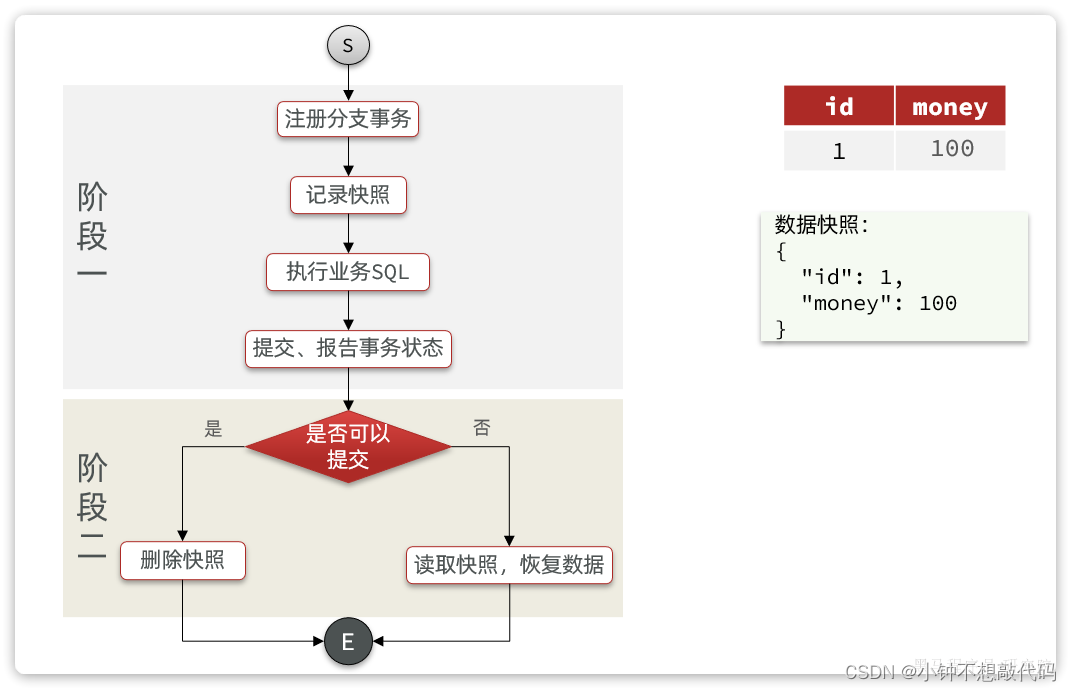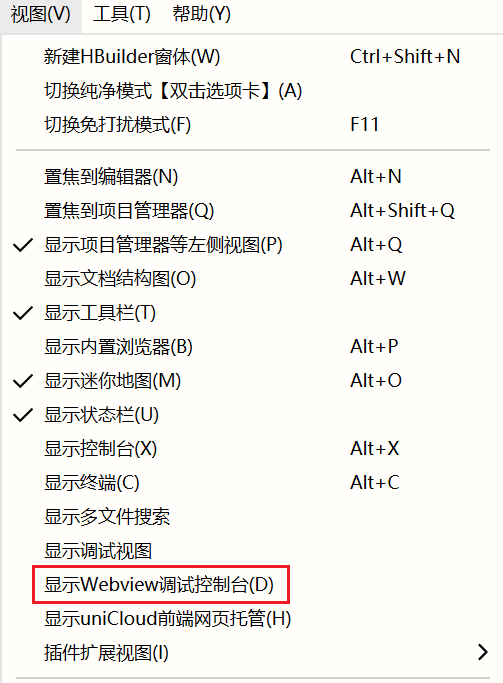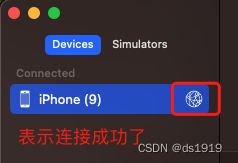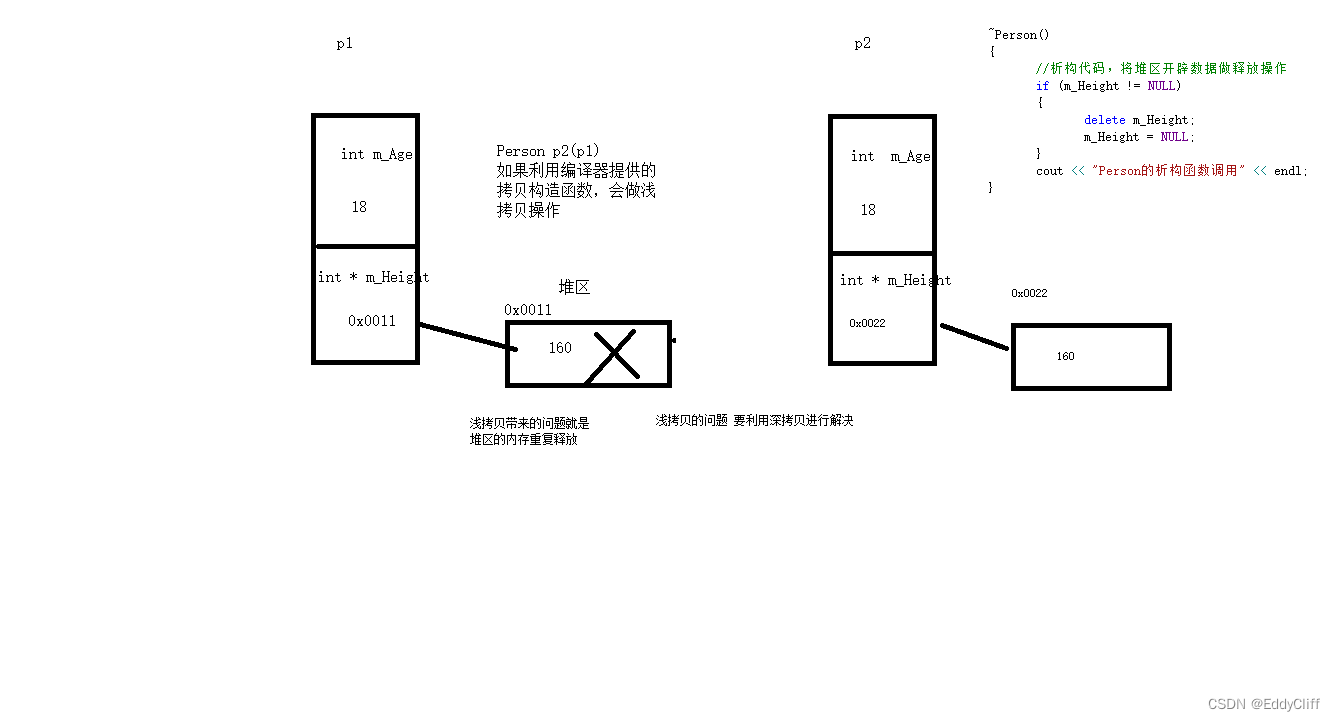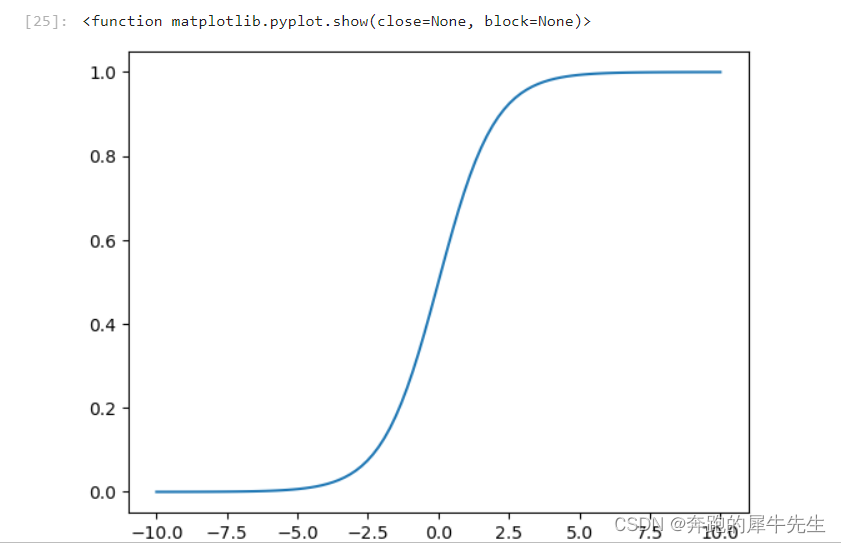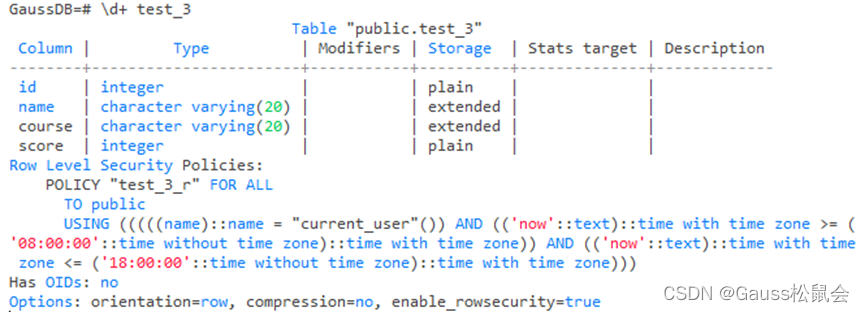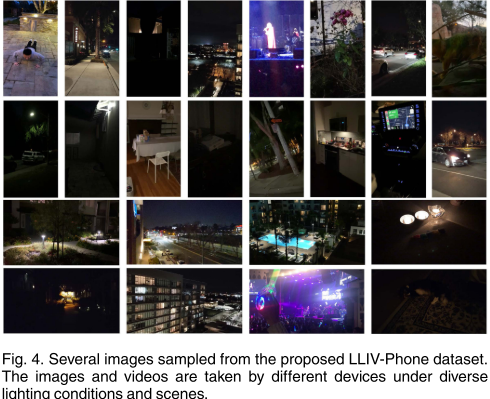用于DC的ALI表:DIFF 就是前后两个8X8块DC的差值,ssss就是DIFF值用二进制表示的位数
亮度,与色度的DC都是这种处理的。两个相邻的亮度与亮度比差,色度与色度比差产生DIFF,
扫描开始DIFF等于0。
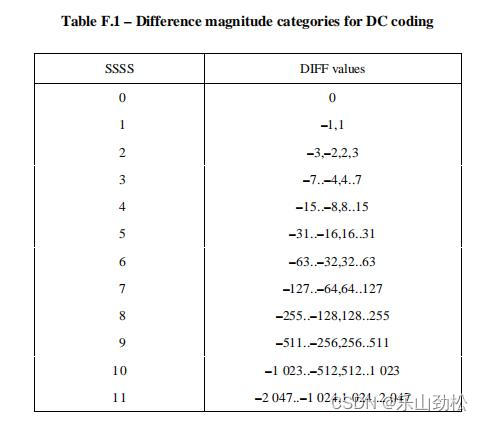
用于AC ALI表:表中的AC 就是Z变换后(a,b)对中的b。ssss 是b值用2进制表示的位数
亮度与色度的AC都是这样处理的

对比,两者就是少了0的处理。因为AC中的0已经被(a,b)对中的a处理了。
1.把DC转换为 二进制位数加二进制的中间格式
#include <stdlib.h>
#include <string.h>
#include <stdio.h>
#include <sys/types.h>
#include <sys/stat.h>
#include <fcntl.h>
#include <stdlib.h>
#include <unistd.h>
#include <sys/ioctl.h>
#include <linux/videodev2.h>
#include <string.h>
#include <sys/mman.h>
#include <linux/fb.h>
#include <math.h>
int main(void) {
int i=-5;
int o=-1; //如果输出负数无意义
char len=-1; //如果输出负数无意义
if(i==0){
len=0;
}
if(i==-1){
len=1;
o=0;
}
if(i==1){
len=1;
o=1;
}
if((i>=2)&&(i<=32767)){ //二进制位数0-16位
for(int a=0;a<16;a++){
if((i>=pow(2,a))&&(i<pow(2,(a+1)))){
len=a+1;
o=i;
}
}
}
if((i>=-32767)&&(i<=-2)){
for(int a=0;a<16;a++){
if((i<=-pow(2,a))&&(i>-pow(2,(a+1)))){
len=a+1;
o=i+pow(2,(a+1))-1;
}
}
}
printf("len:%d o:%d\n",len,o);
return 0;
}2. ALI逆向转换
#include <stdlib.h>
#include <string.h>
#include <stdio.h>
#include <sys/types.h>
#include <sys/stat.h>
#include <fcntl.h>
#include <stdlib.h>
#include <unistd.h>
#include <sys/ioctl.h>
#include <linux/videodev2.h>
#include <string.h>
#include <sys/mman.h>
#include <linux/fb.h>
#include <math.h>
int main(void) {
int len = 4;
int i = 7;
int o;
if (len == 0) {
o = 0;
}
if ((len == 1) && (i == 0)) {
o = -1;
}
if ((len == 1) && (i == 1)) {
o = 1;
}
//--------------------------
if ((i >= pow(2, len - 1)) && (i <= pow(2, len))) {
o = i;
}
if ((i >= 0) && (i < pow(2, len - 1))) {
o = i - pow(2, len) + 1;
}
printf("o:%d ", o);
return 0;
}



